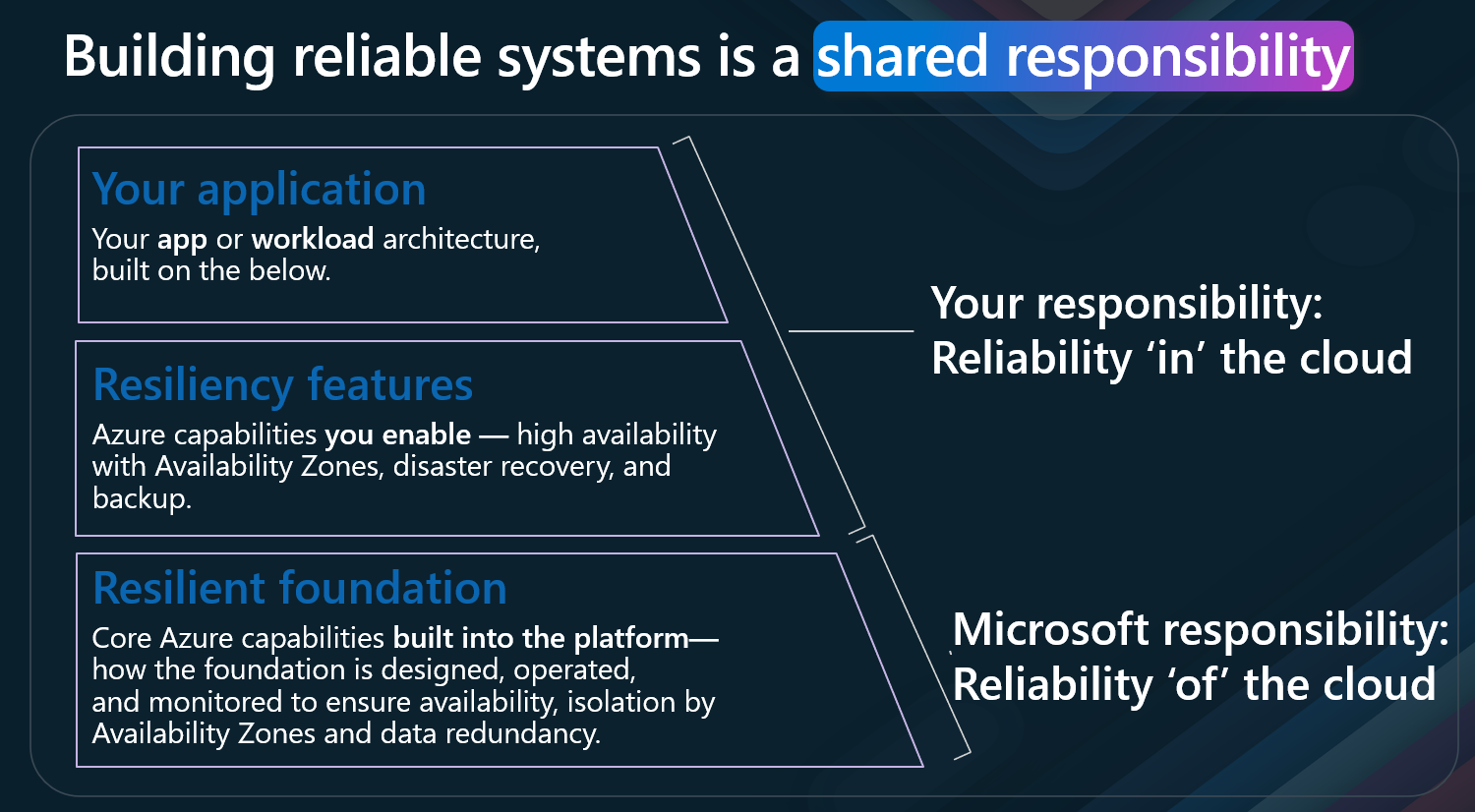Microsoft Learn Contributor Chatmode
Chat Modes are predefined configurations that enable you to tailor the AI chat behavior in Visual Studio Code for specific tasks, such as asking questions, making code edits, or performing autonomous coding tasks. You can switch between chat modes at any time in the Chat view, depending on the task you want to accomplish. Chat Modes enable us to customise the response from GitHub Copilot, providing more specific tools and commands.
Very much like custom Copilot Instructions, which can work alongside the custom chatmodes, the chatmodes allow more specific structure, in this example, we will create a custom chat mode, that can assist us with writing and editing documentation for Microsoft Learn, aligned to the Microsoft Writing Style.

